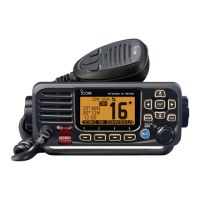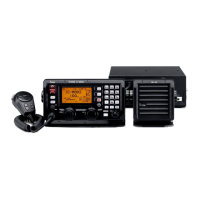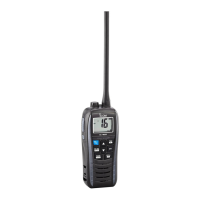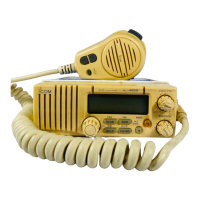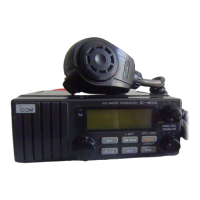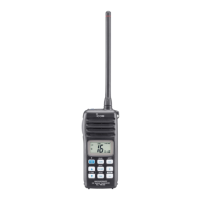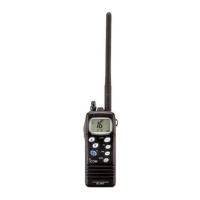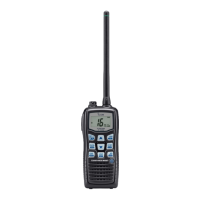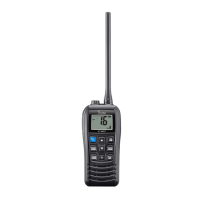What to do if my Icom Transceiver displays “NO POSITION” and “NO TIME”?
- JJeremy RyanAug 12, 2025
If your Icom Transceiver displays “NO POSITION” and “NO TIME” instead of the position and time, this could be due to a couple of reasons. First, the GPS signal might not be received correctly. Ensure that the GPS antenna connection is secure and properly positioned. Also, verify the NMEA input connection. Alternatively, the position and time may not have been manually entered. In this case, you should manually enter the position and time.
